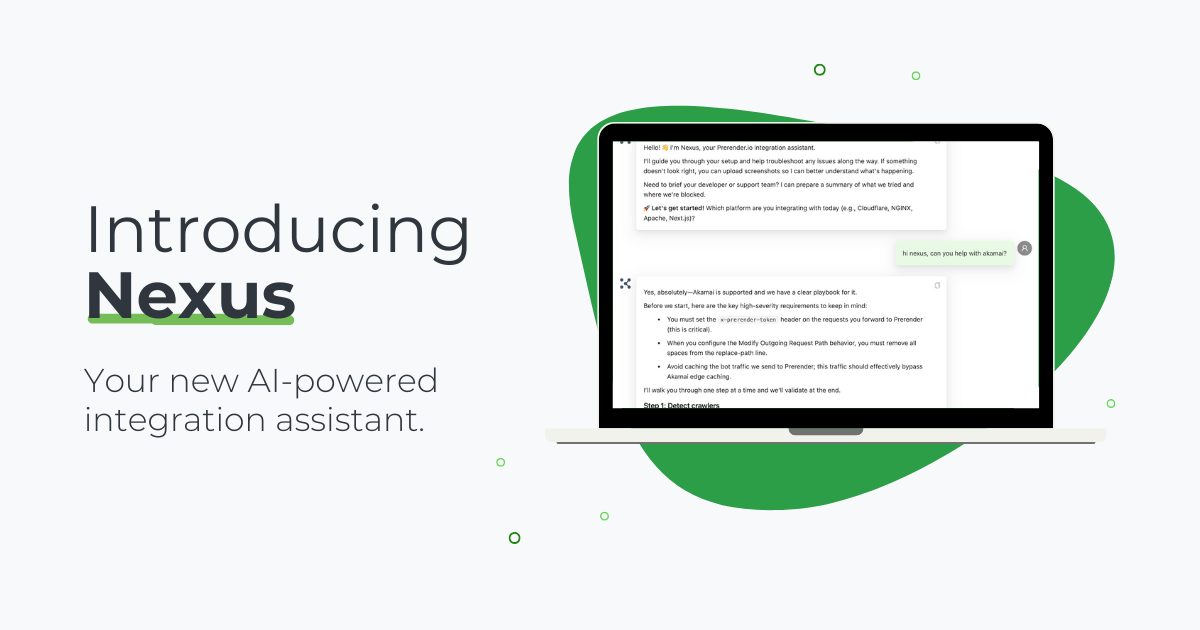Achieving a high rank for websites on search engines can be challenging. Most marketers hold the misconception that having great content and backlinks is all it takes to rank well. While this isn’t entirely wrong, it’s also not entirely true either. Why? Well, there are more crucial technical SEO elements that affect the ranking potential of every site.
Imagine website ranking as a puzzle, and the content/backlinks are a major part of the puzzle that gives you the big picture, but there are still a couple of missing pieces that make it complete. Technical search engine optimization is the missing critical piece to complete that puzzle, and if you don’t have the right strategies, your site will probably never rank well and will remain hidden.
Technical SEO elements are the behind-the-scenes magic that helps websites shine on search engines, and in this article, we will dip into the elements that impact the ranking potential and performance of websites. By optimizing the following elements, businesses can enhance their online visibility and improve the overall user experience, ultimately influencing their ranking in search engine results pages.
1. Website Speed and Performance
Over the years, the attention spans of users consuming web content have significantly reduced. The average attention span of humans today is just 8.25 seconds, which is lower than the attention span of wild flies (9-12 seconds). Why is this important to SEO?
In the digital space, people expect information to be readily available and easily accessible, and this has made lightning-fast websites a necessity rather than a luxury. Now, search engines consider page speed as a major factor in their ranking algorithms. Moreover, a fast website greatly enhances user experience, reduces bounce rates, and increases user engagement. When a site loads quickly, users are more inclined to explore its content and spend time on it, which leads to more clicks and SERP rankings.
Optimizing web page speed used to be difficult (because you’d literally need to rebuild the entire website and add some JavaScript strategies). But that’s a thing of the past. Today, you can easily optimize your website speed and performance with Prerender.
Prerender specifically tackles all the JavaScript bottlenecks that can slow down your site’s performance. It works by caching and storing a fully rendered version of your JS pages and presenting search engines with a snapshot of your page. This speeds up the indexing process right from the start.
In the Prerender process, when a crawler sends a request, Prerender fetches the page, renders it completely, and stores it in its cache. Once rendered, the crawler receives a server response with a fully rendered page ready for interaction. This not only helps your page speed but also boosts performance by giving you a server response time (SRT) of under 50 milliseconds without sacrificing UX.
So, if you want to overcome the challenges of SEO indexation and increase your ranking potential, the first thing you should do is consider Prerender – it’s free. It is the best way to boost your visibility and compete with “normal” HTML pages.
2. Core Web Vitals
Core Web Vitals are a set of factors that Google uses to determine user experience on a website. These metrics are related to PageSpeed, interactivity, and visual stability, and they greatly affect the ranking potential of websites. There are three core web vitals:
- Largest Contentful Paint (LCP): LCP measures the time it takes for the largest content element to load, emphasizing the importance of fast loading for a positive user experience.
- First Input Delay (FID): FID measures the responsiveness of a page. It looks at the time between a user’s first interaction with a page (such as clicking a link) and the browser’s response to that interaction.
- Cumulative Layout Shift (CLS): CLS measures the visual stability of a page. It quantifies the amount of unexpected layout shifts of visible page content. An example of a layout shift is when you’re about to click a button, and suddenly, an ad loads, pushing the content down.
In recent times, there has been an additional metric added, which is Interaction to Next Paint (INP). First introduced as an experimental metric in 2022, INP has recently been declared a pending metric, and it’ll permanently replace FID by March 2024.
Google has integrated Core Web Vitals into its ranking algorithm, so prioritizing these metrics positions you favorably in search engine results, which is crucial for organic SEO performance. For your website to reach its full ranking potential, you must learn how to optimize these Core Web Vitals.
3. URL structures
To many, URLs are just seemingly inconsequential web page addresses; however, how you structure URLs for SEO matters.
While titles and headings may take precedence, structured URLs play a crucial role in helping search engines understand your content. And they also improve click-through rates wherever the links are shared.
Here are a couple of tips to help optimize your URL structure:
- Keep them concise and descriptive
- Standardize URLs in lowercase
- Include relevant keywords to signal the content’s subject matter to search engines. When in doubt, choose words that align with what users are searching for.
- Always use hyphens (-) and not underscores (_) because underscores are not visible when URLs are published as bare links.
- Organize your URLs logically to reflect the hierarchy of your website.
4. Mobile Friendliness and Mobile-First Indexing
Oberlo estimates the number of global smartphone users in 2023 at 5.25 billion. This is a 98% increase from the number of users in 2016. So, having a website that plays nice with mobiles is crucial for scoring well on search engines and keeping users happy.
Take Google, for instance; they’re all about mobile-friendliness. They evaluate factors like responsive design and easy navigation on smaller screens, so a mobile-friendly site not only improves user satisfaction but also tells search engines that your content is accessible on any device.
Mobile-first indexing takes this a step further. Google now primarily uses the mobile version of a site’s content for SERP ranking, considering it the main version. If your site isn’t mobile-optimized, it might not perform well in search results, and that affects its overall visibility.
To optimize mobile-first indexing, ensure your site has a responsive design that adapts to any screen size. Speed matters, too, especially on mobile, as slower mobile sites will be penalized in rankings. Also, maintain content parity between desktop and mobile versions to ensure consistent information availability for a more seamless experience.
5. SSL Certificate (HTTPS)
SSL (Secure Sockets Layer) certificates are digital certificates that provide a secure, encrypted connection between a web server and a web browser. They’re an important component of internet security today, and their primary function involves encrypting communications on the internet.
Website owners utilize SSL to secure the communication between their site and users by implementing HTTPS (Hypertext Transfer Protocol Secure). HTTPS safeguards user data, such as passwords and credit card information. Due to the high level of security it provides, SSL certificates and HTTPS have been considered vital for SERP rankings since 2014.
To check if your website uses HTTPS, just look for a “lock” icon in the address bar to confirm. If you see the “Not secure” warning, you’re not using HTTPS. This means you have to install an SSL certificate to authenticate the identity of the website and ensure a secure connection when users are accessing it.
Once you move over to HTTPS, remember to redirect your site from the old version to the new one.
6. Site Architecture
The site architecture is another technical SEO element that can influence the ranking potential of a website. Site architecture refers to the way a website is structured and organized. It involves the design and layout of the various components, including pages, content, navigation, and functionality, to create a user-friendly and effective online experience.
A website with a user-friendly design/architecture tends to perform better than one with a chaotic architecture, and search engines also find it easier to crawl and index the pages of a well-structured website. Here are some tips to keep your site well-structured:
- Use clear and concise URLs
- Create a sitemap
- Utilize heading hierarchy
- Narrow the navigation depth/clicks
- Use internal links to connect pages
- Carry out user testing
Additionally, as part of your website maintenance, consider conducting a thorough technical SEO audit to identify and address any structural issues that might affect your site’s visibility and ranking.
Conclusion
Technical SEO is the cornerstone of a well-optimized website. While content and backlinks are important, technical elements boost a website’s chances of showing up on the first page when someone hits a search engine. They’re the pillars that will hold your site high up for your users to find.
By implementing the above technical strategies, you’ll be able to move ahead of your competition in terms of SEO crawling and indexing and maximize the ranking potential of your website.



